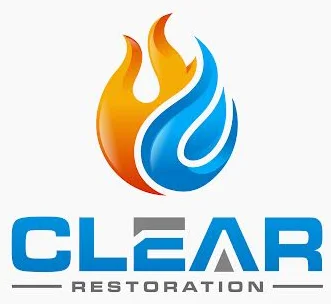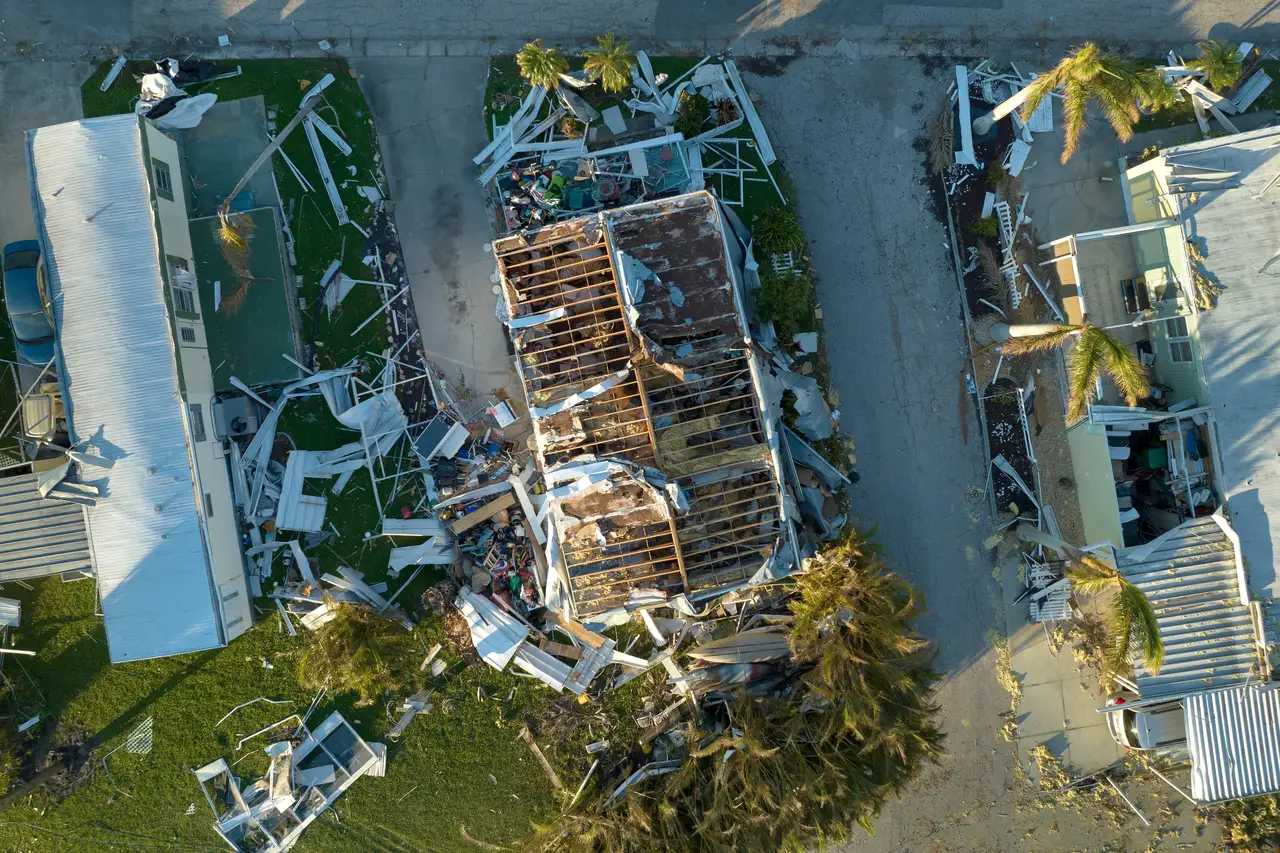In Texas, we know how quickly life can change when disaster strikes. From torrential rains and rising bayous to electrical fires and wind-tossed debris, the path to recovery can feel overwhelming. In Houston, planning for disaster recovery isn’t optional—it’s essential.
Houston’s unique geography and Gulf Coast proximity make it vulnerable to intense storms, flooding, and other emergencies. Whether you’re in The Heights or near Galveston Bay, your best defense is preparedness, rapid response, and local resource knowledge.
Understanding Houston’s Risk Landscape
Houston’s disaster vulnerability stems from:
-
High annual rainfall (average of 50 inches)
-
Flat terrain and urban sprawl overwhelming drainage
-
Hurricane season (June–November)
Common Local Disasters:
-
Hurricanes & tropical storms
-
Flash floods
-
Tornadoes
-
Electrical fires
-
Sewage backups & mold outbreaks
Being proactive—rather than reactive—is the key to resilience.
Step 1: Prepare Before the Disaster Strikes
Create a Home Disaster Plan
Include:
-
Evacuation routes
-
Emergency contacts
-
Local shelter locations
-
Locations of fire extinguishers and first aid kits
Prepare an Emergency Kit
Pack for 3 days minimum:
-
Bottled water (1 gal/person/day)
-
Non-perishable food
-
Flashlights and batteries
-
First aid kit and medications
-
Important document copies
-
Phone chargers
Property Preparation Essentials
-
Install storm shutters or board up windows
-
Elevate valuables and electronics
-
Use sandbags in flood-prone areas
-
Trim tree branches
-
Maintain a sump pump or backup generator
FAQ: How do I prepare for hurricane-related damage in Houston?
Secure documents, board windows, elevate valuables, and save your restoration provider’s contact info for immediate response.
Step 2: Know Your Local Resources
Houston has a well-developed network of emergency and restoration services.
Government & Community Support:
-
Houston OEM: Real-time updates, evacuation alerts
-
ReadyHarris Alerts: SMS and email notifications
-
211 Texas: Links to health & human services
-
FEMA Disaster Assistance: Temporary housing, food, medical aid
Local Restoration Partners:
Have a trusted company in your contacts to handle:
-
Water intrusion
-
Mold remediation
-
Smoke/fire damage
-
Structural repair
FAQ: Can I get an emergency response 24/7 in Houston?
Yes—providers like Clear Restoration, LLC offer 24/7 dispatch and full in-house restoration services.
Step 3: Understand the Restoration Timeline
Typical Restoration Phases:
-
Emergency Response: Water extraction, board-ups, tarp installs
-
Assessment & Insurance Coordination: Documentation for claims
-
Mitigation: Mold prevention, structural drying
-
Repair & Rebuild: Flooring, drywall, electrical/plumbing
-
Final Walkthrough: Ensuring safety and occupancy readiness
FAQ: What’s the typical timeline for full recovery after major storm damage?
Moderate recovery: 1–3 weeks
Major reconstruction: Several months
Step 4: Understand Insurance & Documentation
Tips for Insurance Readiness:
-
Review policy for wind, fire, and water coverage
-
Buy flood insurance (not included in standard policies)
-
Photograph your home and valuables annually
-
Store policies and IDs digitally and waterproofed
Notify your insurance provider immediately after disaster. Many restoration companies will manage claim coordination on your behalf.
Step 5: Tap Into Houston’s Local Experts
National chains often use out-of-town crews unfamiliar with Houston’s climate, housing, and regulations. Choose local.
Why Clear Restoration, LLC?
-
24/7 rapid response
-
Mold, fire, storm, and water expertise
-
Licensed project managers
-
Local permitting compliance
-
Direct insurance billing
-
Full-service rebuild (paint, flooring, structural)
Why Local Recovery Partners Matter
Choosing a local restoration company provides:
-
Faster Response Times
-
Direct Communication with local team leads
-
Regional Expertise on Houston building codes, weather, and zoning
-
Neighborly Accountability—they live and work in the same communities
Final Thoughts: Be Ready Before You Need It
Disasters are unpredictable—but your response doesn’t have to be. Preparation today means protection tomorrow.
Quick Recap:
-
Assess your home’s risks early
-
Store documents safely
-
Choose your restoration partner in advance
-
Understand your insurance policy
-
Build a local emergency plan—before FEMA steps in
Work With a Trusted Local Partner
At Clear Restoration, LLC, we’re more than a service provider—we’re your neighbors. Whether you’re recovering from a flooded attic in Spring Branch or hurricane damage in League City, we respond swiftly, manage the full restoration, and guide you every step of the way.
From cleanup to construction—start your recovery today.
Contact us for a free consultation or 24/7 emergency dispatch.

